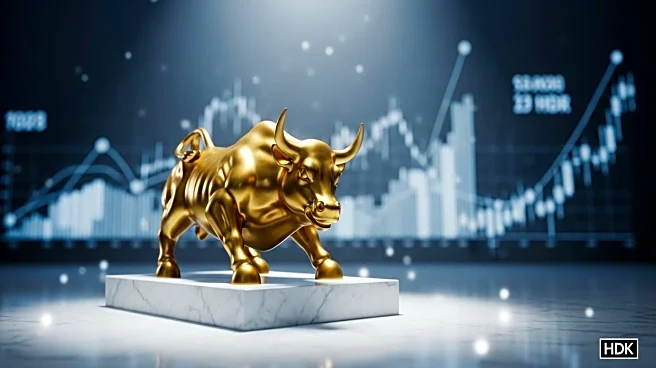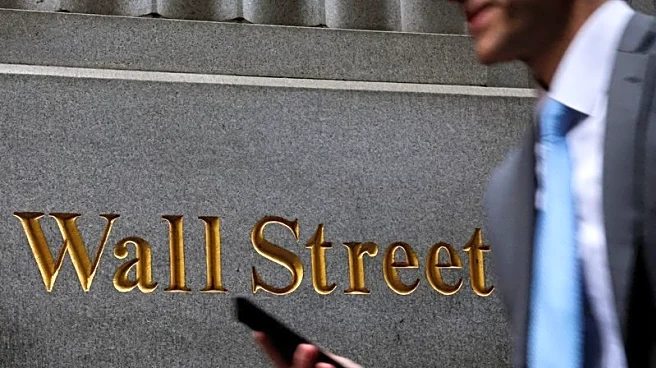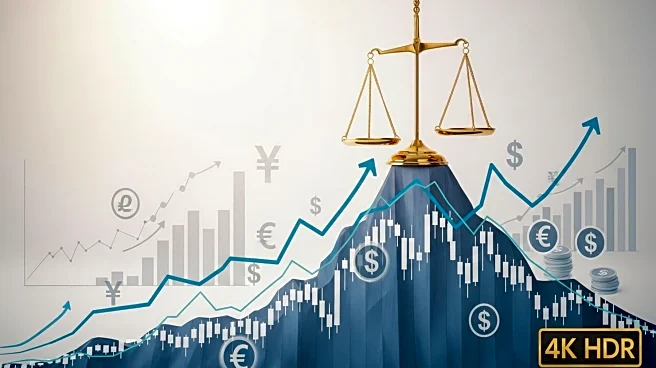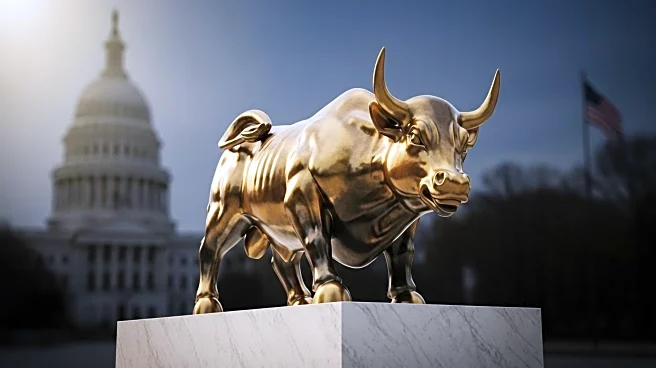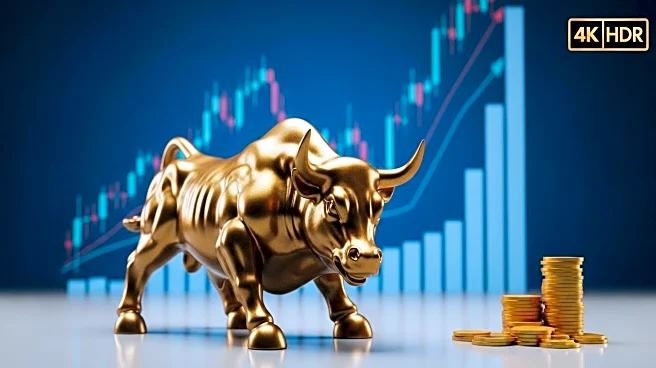What's Happening?
The S&P 500 has experienced significant growth in 2025, with a 14% increase through September. Historically, when the index rises by at least 10% by the end of September, it tends to continue its upward trajectory for the remainder of the year. This pattern has been observed in all but one instance since 2012, when external economic factors led to a slight decline. Despite the current U.S. government shutdown, experts like Tom Lee from Fundstrat Global Advisors remain optimistic, predicting the S&P 500 could reach 7,000 by December. The shutdown's impact on stock performance is expected to be minimal, as past shutdowns have had little effect on market trends.
Why It's Important?
The continued growth of the S&P 500 is significant for investors and the broader U.S. economy. A rising stock market can boost consumer confidence and spending, potentially leading to increased economic activity. The optimism surrounding the S&P 500's performance suggests that investors may continue to see positive returns, which could attract more investment into the market. However, there is a risk that if stock prices rise too quickly, it could lead to a market bubble, where prices become unsustainable. The government shutdown poses a potential risk if it extends beyond the expected duration, potentially affecting economic data releases and investor sentiment.
What's Next?
If the S&P 500 continues its upward trend, investors may see further gains, reinforcing positive market sentiment. However, stakeholders should monitor the duration of the government shutdown, as a prolonged lapse in federal funding could introduce uncertainty into the market. Additionally, investors should be cautious of potential market euphoria, which could lead to overvaluation and subsequent corrections. Economic data releases, once resumed, will provide further insights into the health of the economy and could influence market movements.
Beyond the Headlines
The current situation highlights the resilience of the U.S. stock market in the face of political uncertainties. It underscores the importance of historical trends in guiding investor expectations and strategies. The interplay between government actions and market performance remains a critical area for analysis, as it can have long-term implications for economic policy and investor behavior.



